As I have traveled more around the world, I have continuously grown my passion for hiking. Whether it be up in the mountains, through the rainforests, along the coasts, or in valleys, I am always searching for that next hiking trail.
Over the years, I have also learned how important my supplies are that I bring along with me on a hike. Whether it be staying hydrated and fueled, or being comfortable enough for any conditions, a thorough day hiking packing list is essential when hitting the trail.
If you are an experienced hiker or just a first timer out there, I am hoping that this hiking packing list can help you out with your travels.
* Affiliate Disclosure: This post may contain affiliate links, which means I may receive a commission if you make a purchase through the links provided, at no additional cost to you. Thanks for supporting the work I put into TripTins!
1) Day Hiking Packing List Overview
By far the most popular type of hike to take part of will be a classic day hike. But not all day hikes are built the same.
Some hikes may just be a couple hours long while others may last an entire day. Some hikes may be up in the mountains, while others may be in the desert.
There is just so much variety when it comes to hiking trails around the world.
This hiking packing list can cover all ends of the day hike spectrum. Now, you may not need every single item on every single day hike, but this list will have you covered when it comes to hitting the trails.
In general, the packing list will go over the following main categories:
- Clothing
- Hiking Shoes
- Hydration
- Fuel
- Electronics
- Other Essentials
- Backpack
I should also note that the list can also be utilized for overnight hikes (1-2 nights), where you will be able to sleep in huts, refugios, or any other type of accommodation along the way.
If you are heading out backpacking, you will need to bring additional supplies like tents, sleeping bags, stoves, etc. You can certainly use this packing list as a baseline though if that is the case.
Throughout the list you will find links for you to purchase the gear to get that packing list ready for the trails!
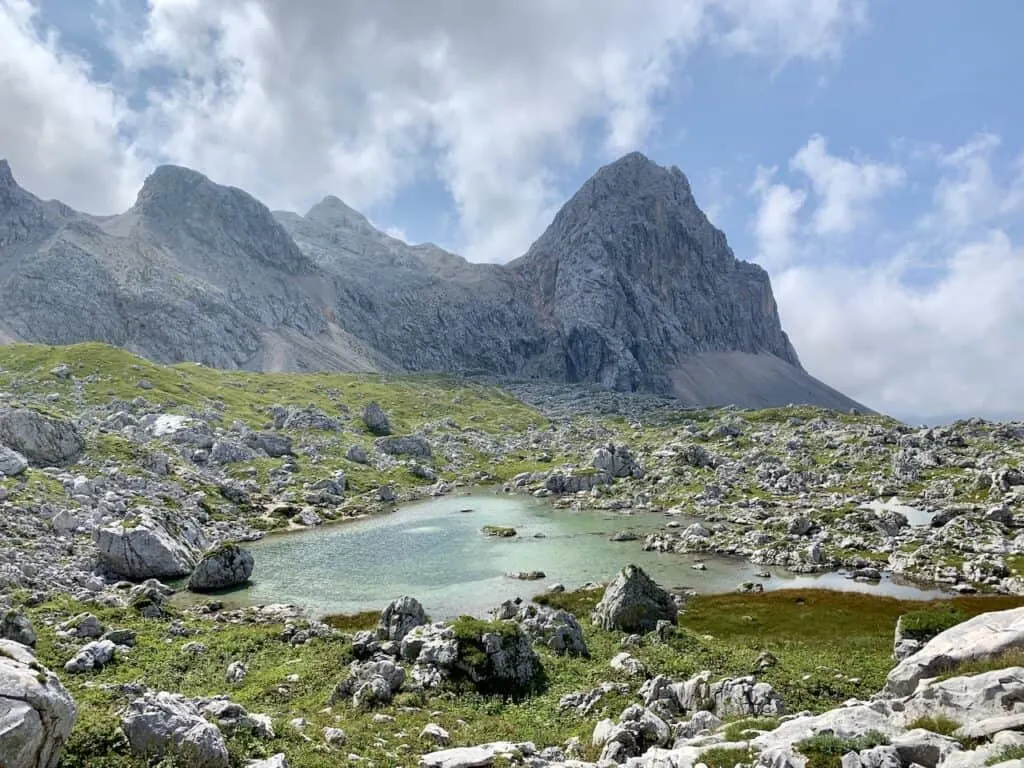
2) Weather Preparation
Before getting into the hiking packing list, I did want to call out one of the most important considerations when heading out on a hike – the weather.
Ideally, when going out on a day hike, you will be able to do so on a day where the weather cooperates.
However, that may not always be the case. Rain, wind, clouds, sun, and even snow can all come and go during a hike.
Just because it may start out as a nice sunny day out on the trail, does not always mean it will end that way.
Your day hike packing list should be put together with that in mind. Be sure to always prepare for weather conditions around the region you are hiking.
When it comes to weather forecasts, I tend to favor a site called Meteoblue.
On the site & app you will be able to see forecasts for different altitudes, including hours of sun, precipitation, and wind conditions. They even have webcams integrated so you can get some live views of the region you are heading to.
With that said, lets now get into the day hiking packing list to cover all the the most important items for your hikes.
Learn More: Up on the site is a Hiking Weather Overview that deep dives into these types of apps and points out what to look out for when going about a hike.
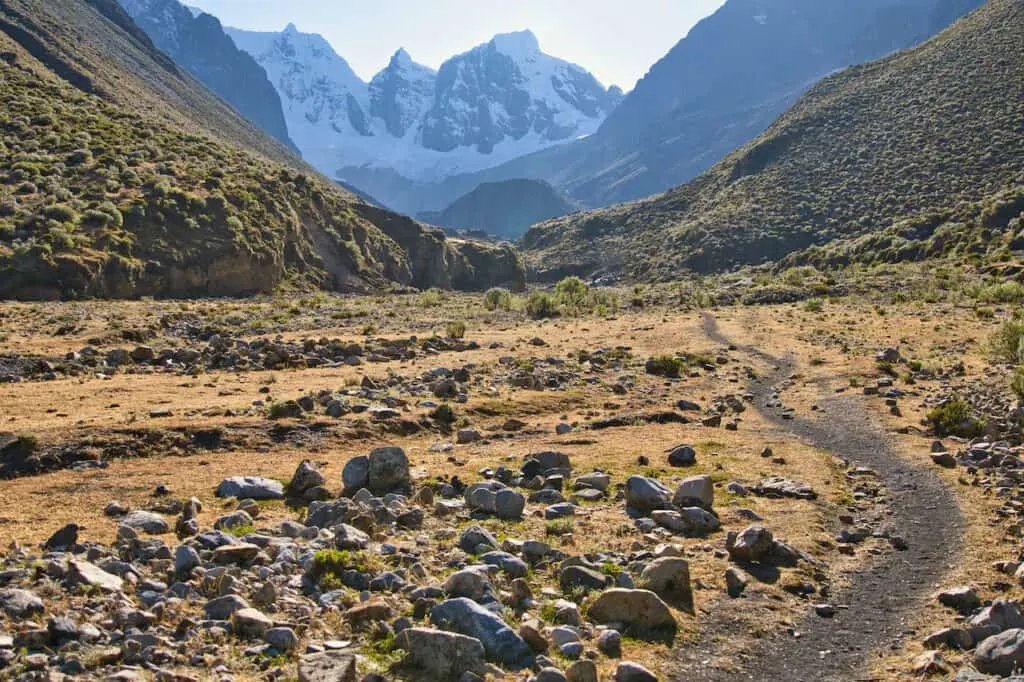
3) Clothing
When climbing a mountain or dealing with cooler temperatures, it is vital to bring along clothing layers for all parts of the hike.
A normal type of hike could start with an early morning in cooler temperatures wearing all layers, followed by a sweaty ascent up with just a T-shirt and shorts on, and finishing up top with the layers back on as the wind blows and frigid mountain air settles in.
You never know what certain hikes can bring, so being prepared with those layers is essential. Just do not assume the weather you start the hike in will be the same all the way through.
Clothing Material
Going off of that – when choosing your clothing layers, be sure to pick those that are NOT made of cotton material. Cotton absorbs moisture, which can be very problematic when it comes to sweat.
Always opt for dri fit polyester or wool material that passes along the moisture from one layer to the next and ultimately into the air (these are called moisture wicking materials).
Clothing Layer Note
You can of course add or remove some items given the exact type of hike and climate you will be experiencing.
Not every hike will require clothing layers. If you know the weather will be very hot (or very cold), then you will simply want to bring along the layers that make most sense for the hike.
Below are a list of all layers that I will think about bringing along with me depending on the hike:
Boxers / Underwear
The first layer you will want to use is your boxer/underwear layer.
I always opt for my dri fit Under Armour boxers, which have continuously worked well for me no matter what the conditions.
I am not an expert here on the women’s side, but did see the below linked Reebok line as a solid option.
Recommended Boxers / Underwear
- Men’s Boxers | Under Armour Men’s Tech
- Women’s Underwear | Reebok Women’s Seamless
Hiking Socks
A comfortable hiking sock is essential no matter what type of hike you are heading out on. You will want to choose a solid wool or dri fit type of sock that can keep you warm and dry during the trail.
Recommended Hiking Socks
- Men’s Socks | Darn Tough Merino Wool Crew Mens
- Women’s Socks | Darn Tough Merino Wool Crew Womens
Long / Short Sleeve Hiking Shirt
Having a short sleeve and/or a long sleeve shirt (depending on month) to choose from should be a good combo to work with as you make your way along the trail.
Recommended Short Sleeve Shirt
- Men’s Option | Under Armour Men’s Tech
- Women’s Option | Under Armour Women’s Tech
Recommended Long Sleeve Shirt
- Men’s Option | Under Armour Men’s Tech 2.0
- Women’s Option | Under Armour Women’s Tech 2.0
Trekking Shorts / Pants
Similar to having a short or long sleeve shirt, you will also want to consider either trekking shorts and/or trekking pants.
There have been several instances where I may start off in pants and switch to shorts later on in the day.
Recommended Trekking Shorts
- Men’s Shorts | MAGCOMSEN Men’s Hiking Shorts
- Women’s Shorts | Eddie Bauer Women’s Guide Pro Shorts
Recommended Trekking Pants
- Men’s Pants | Eddie Bauer Men’s Guide Pro Pants
- Women’s Pants | Eddie Bauer Women’s Guide Pro Pants
Mid-weight Fleece / Pullover
After a short/long sleeve layer, I also bring along one lightweight Patagonia type jacket.
Even during the warmer months, I found this type of layer to be super useful when hiking at altitude or earlier on before the sun is fully out.
Recommended Mid-weight Fleece / Pullover
- Men’s Fleece | Columbia Men’s Ascender Softshell
- Women’s Fleece | Columbia Women’s Kruser Ridge II Softshell
Down Jacket
I do not think you will need a third layer here for many treks. But it sure can be helpful during day hikes in colder climates or higher altitudes for example when even in the summer, you can see snow and very cool temperatures.
Recommended Down Jacket
- Men’s Jacket | Eddie Bauer Men’s CirrusLite
- Women’s Jacket | Wantdo Women’s Hooded Packable Ultra Light Weight
Packable Rain Jacket
A packable rain jacket is the perfect item to add to any hiking packing list. Not only can it help out with those rainy moments but it can also help drastically with windy conditions.
Be sure to get a waterproof one (like the one below), and not just a water resistant one.
Recommended Packable Rain Jacket
- Men’s Rain Jacket | Columbia Men’s Watertight II
- Women’s Rain Jacket | Columbia Women’s Arcadia II
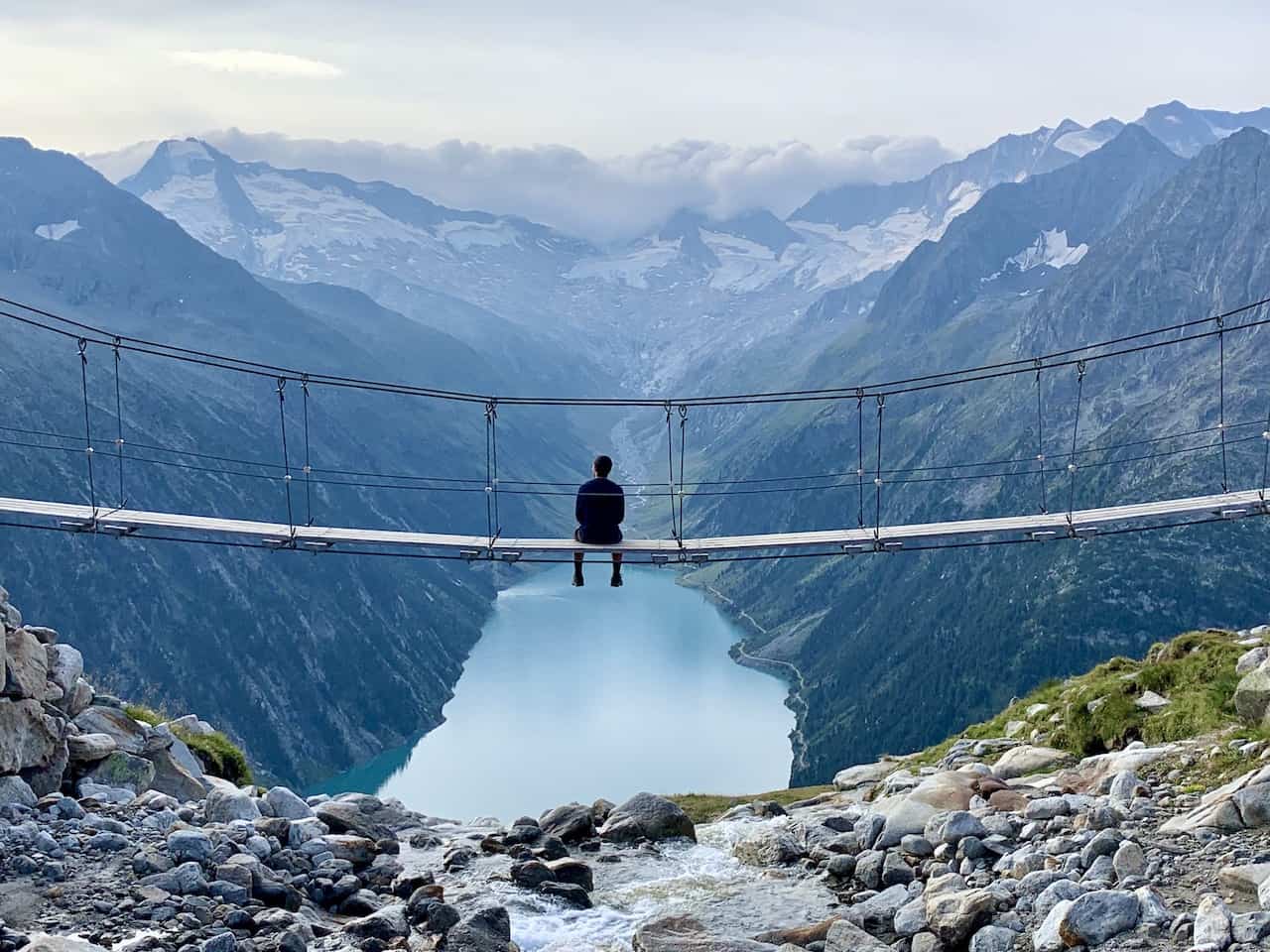
4) Hiking Shoes
Going on a hike would not be complete without a sturdy pair of hiking shoes. I have seen so many people over the years do some pretty technical hikes with just sneakers on.
And I can’t tell you how many times I have seen these people slip, slide, and fall all over the place.
If you want to hit the trails, I highly suggest investing in a solid pair of hiking shoes.
This will all depend on fit for you but some of the main brands include:
Hiking Shoes Note
- When choosing a hiking shoe, you will want to consider how much support you want (i.e. how high above the ankle the shoe goes).
- You will also want to consider waterproof shoes too. This will be the more expensive of options, but keeping your feet dry in all conditions can definitely be worth the extra cost.
Trail Runners Note
For most people out there, I would recommend an actual hiking shoe. However, for those with more experience on the trails, you can also opt for trail running shoes.
These will be lighter and (usually) less supportive compared to hiking shoes. But they are something I have begun to use more and more out on hikes.
My go to has been the Saucony Peregrine trail runners if you would like to give them a try.
» I would also recommend buying some Sneaker Deodorizer Balls to keep your shoes smelling nice and clean.
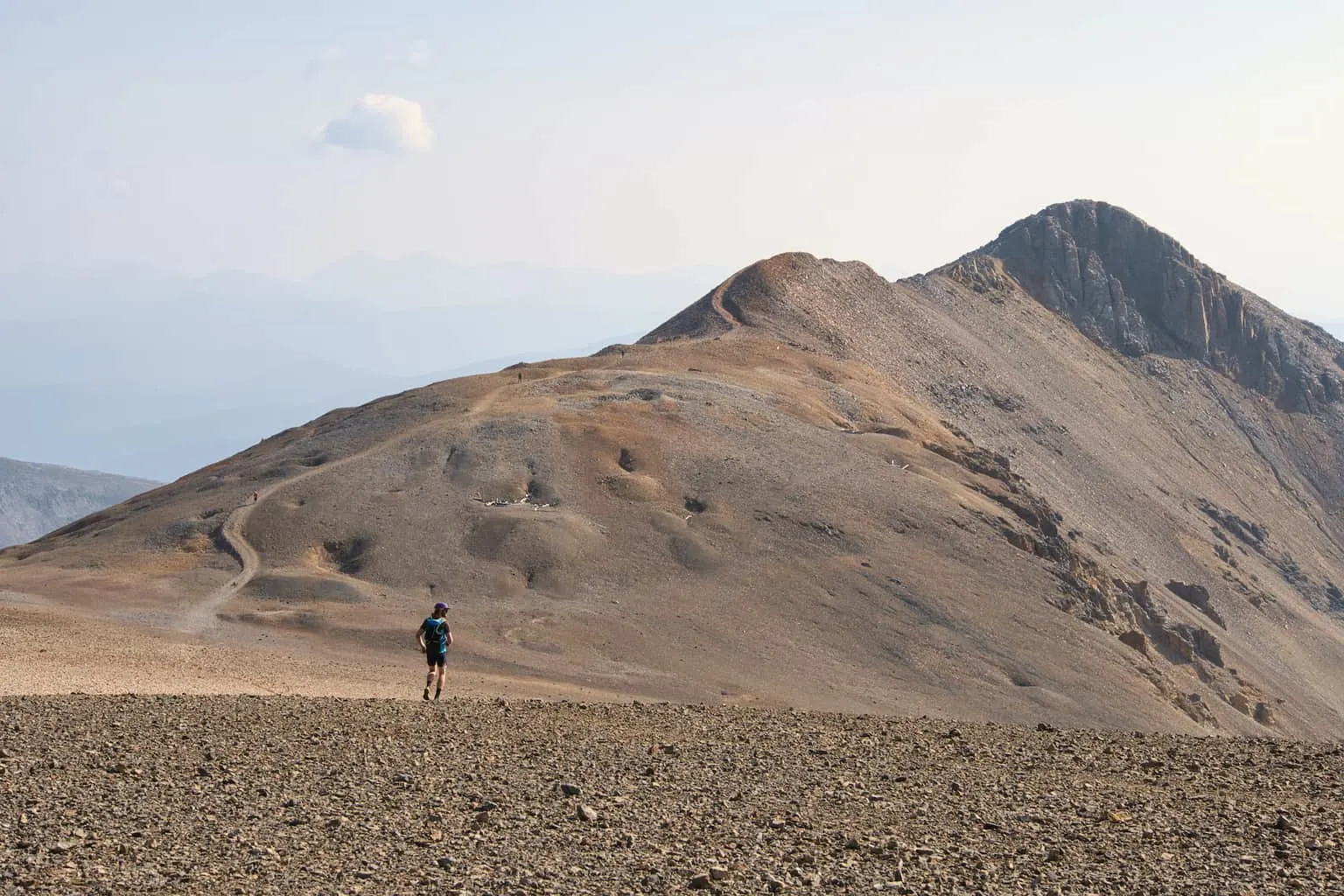
5) Hydration
There is probably nothing more important that staying hydrated during a hike. Especially if it a hike in hotter weather when you will start sweating a lot and losing that fluid.
I always fill up a sturdy reusable water bottle and depending on how long the hike it I would bring along another disposable bottle – whether than be just a regular bottle or a 1.5 liter one. You can also think of getting a hydration bladder if you want to store more fluids in an efficient way.
- Recommended Water Bottle | Camelbak Chute Water Bottle
- Recommended Hydration Bladder | Osprey Hydraulics Reservoir
Now, instead of bringing along just a regular water bottle, you could also opt for a water bottle with a built in filter. This can give you the option to fill up the bottle during the trail if you happen to pass by some flowing water.
Recently I have also been testing out this Katadyn Water Filter Bottle which has worked very well.
 5) Fuel & Nutrients
5) Fuel & Nutrients
Not only do you need water on the trail but you will also need some nutrients & fuel.
Since you will want to keep your body going at peak performance throughout a hike it is very important to bring along some food.
My go to options usually include Clif Bars, Fruit & Nut Mixes, and Granola Bars. Now this can be up to you depending on taste but always make sure to bring something with you during a hike.
Also don’t forget to have a hearty dinner and breakfast before a hike. Preparing your body beforehand is always an important thing to do.
- Clif Bars | Clif Bar Variety Pack
- RXBars | RXBAR Variety Pack
- KIND Bars | KIND Bar Cranberry Almond + Antioxidants
- Fruit & Nut Granola | Bear Naked Fruit & Nut Granola
- GU Energy Gels | GU Energy Gel Variety Pack
- Other Bars | PROBAR, Honey Stinger, Clif Builder Protein
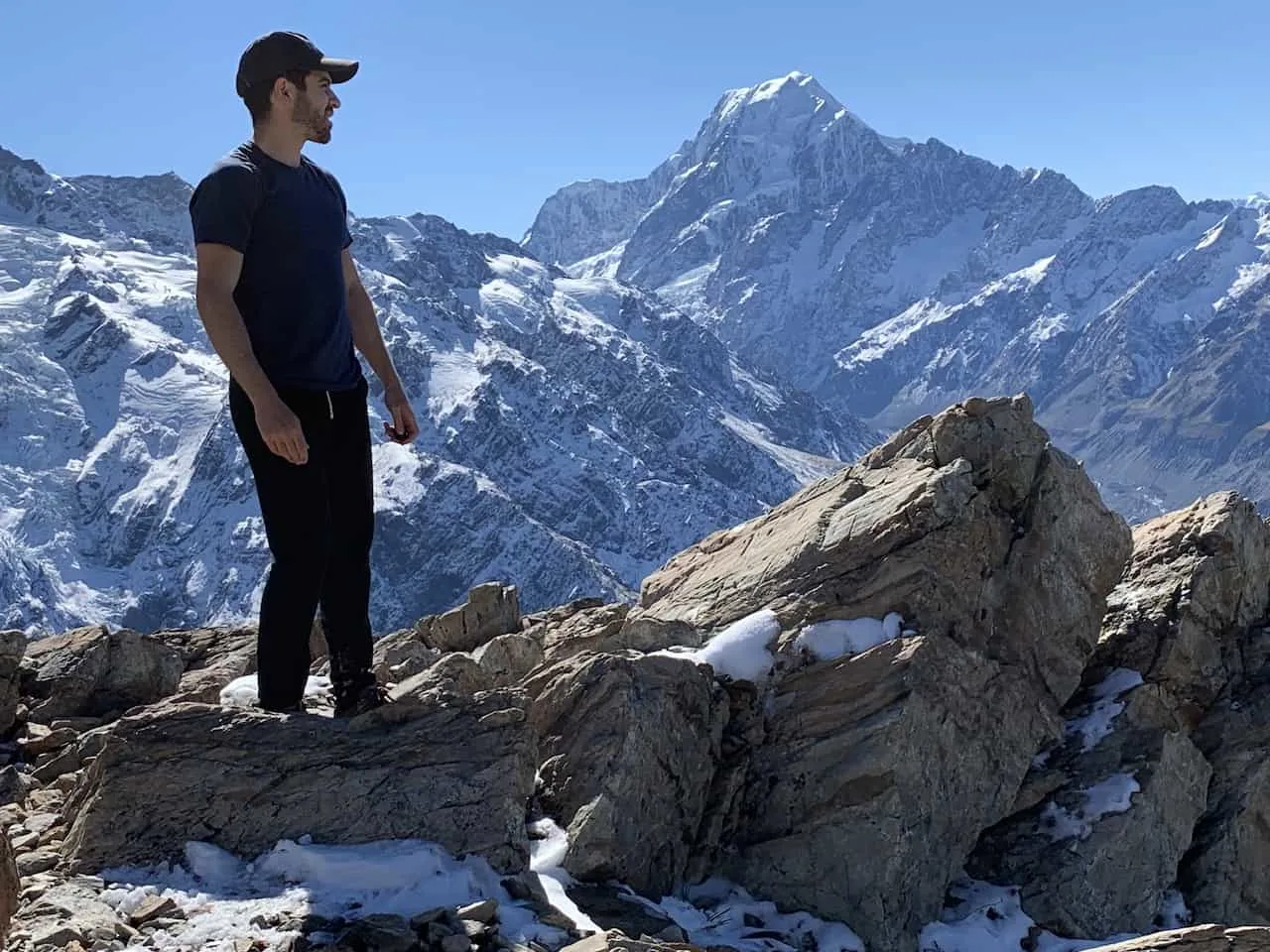
7) Electronics
Whether it is capturing the moment or just staying connected on the trail, I would recommend on bringing some electronics along the way with you:
GoPro & Accessories
This may not be for everyone but bringing along a GoPro to capture some footage during a hike has been one of my favorite things to do.
A phone or regular camera may work but getting those wide angle shots of the trail and yourself heading up it, is always going to be better shot on a GoPro.
Bringing along some GoPro accessories too will make capturing your footage a bit easier. From head straps to expandable sticks, there are plenty of accessories to choose from.
- Recommended GoPro | GoPro Waterproof Action Camera
- Recommended Accessories | Neewer 50-In-1 Action Camera Accessory Kit
Portable Charger
Whether you are using your phone for directions or photo taking, you will always want to have it charged during a hike.
Phone batteries can die sooner than you think if you are constantly taking shots or taking a look at a map. I usually bring a small portable charger along to keep my phone charged.
Portable Charger Recommendation | Anker PowerCore 5000mAh
Mirrorless Camera
As I continued to travel, I found myself wanting some better quality photos. I ended up purchasing a mirrorless Sony camera during my around the world trip.
The Sony A6600 (and other cameras in the series) are lightweight enough for the trail, and can fit into most daypacks.
Mirrorless Camera Recommendation | Sony A6600
Below are some other accessories to go along with the camera too:
Photography Gear: Check out my latest travel photography gear list to see what is my camera bag these days
Headlamp
If you are starting before sunrise or planning to come back after sunset, then bringing along a headlamp is a must. I have recently been going with the Petzl Actik Core which has worked great in all conditions.
Garmin inReach
Lastly on the electronics list is the Garmin inReach 2 Mini. While a more expensive purchase, it was important for me as a solo independent hiker to buy one.
The Garmin can help you keep in contact with family and friends if you do not have service on the trail. It can also be used for others to track where you are.
In case of emergency, the device also has a SOS button, which can be of vital importance.
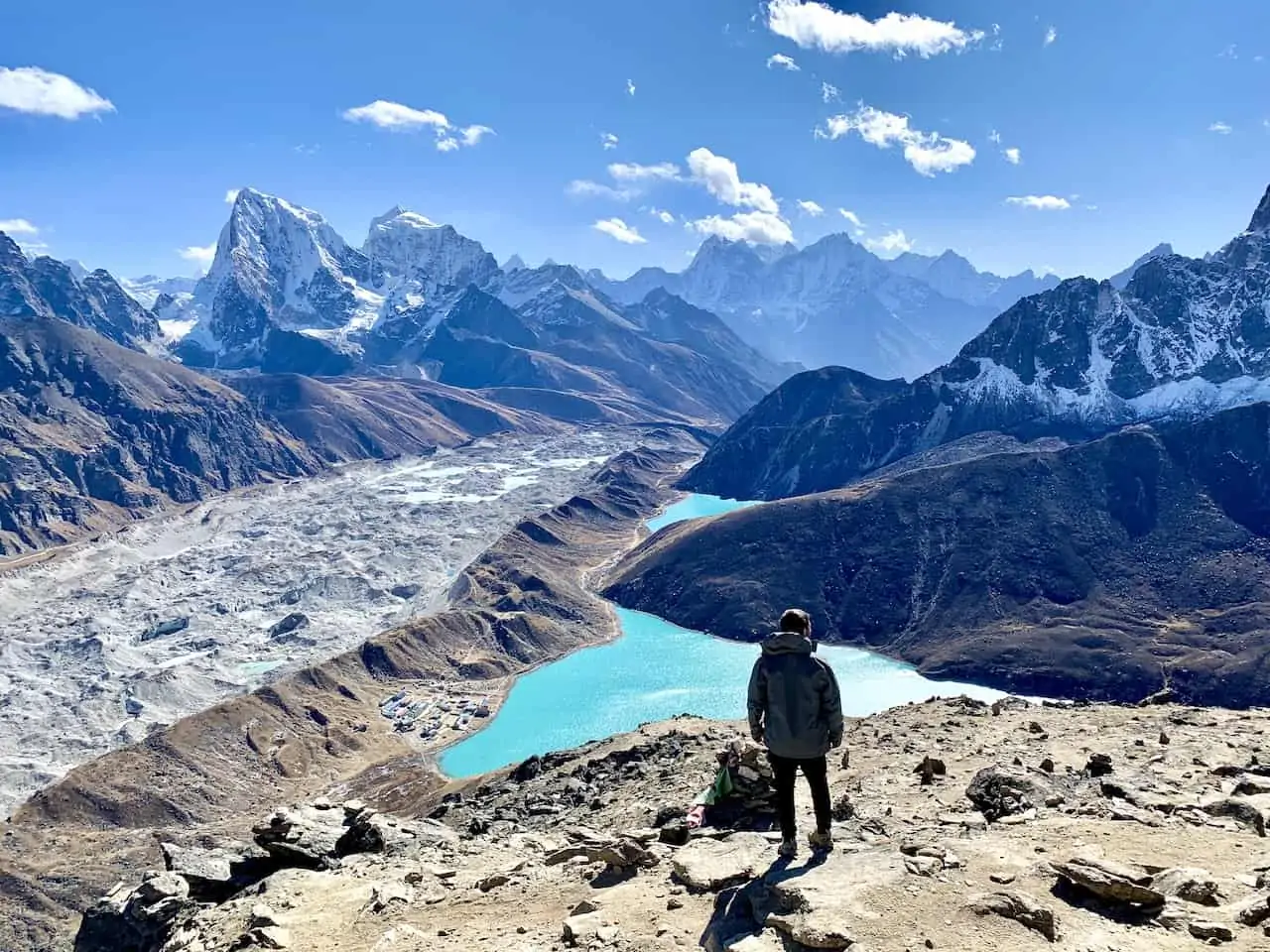
8) Other Essentials
Here is a list of a few more essentials that I believe should be brought along when hiking. While you may not need every item on every hike, I wanted to write them down just so you can decide for yourself when preparing for the trail.
Trekking Poles -> Depending on the hike, you may want to consider brining along trekking poles. These can help greatly with those steeper inclines and declines.
- Recommended Hiking Poles: Black Diamond Distance Carbon FLZ Trekking Poles
Hat and Sunglasses -> You will want to protect your face and eyes from the sun if you are consistently being exposed to it during a long hike. Even if it is not necessarily a hot day, the sun can still be strong out there. Pack a pair of sunglasses and a baseball hat just in case.
Sunscreen & Bug Spray -> Going along with protecting your body, sunscreen is also an extremely important item to bring on a hike. The sun is strong so making sure you are protected from those rays will go a long way.
If I am going on a rainforest hike and there are a lot of bugs out there, then taking some bug spray is essential to not getting all bitten up.
- Recommended Sunscreen | Neutrogena Ultra Sheer Non-Greasy Sunscreen
- Recommended Bug Spray | Sawyer Insect Repellent Spray
Toiletries -> there are also some hygiene items you may want to consider bringing along. These include tissues, hand sanitizer, Neosporin, band-aids, and lip balm.
 9) Backpack
9) Backpack
Now that you have all these items it is time to put them all into a backpack. I have basically only used Osprey (Talon Series) and Thule packs through the years.
I have also found newer brands such as Matador and Hyperlite that offer solid options too.
They are durable, reliable and have plenty of different pockets to store all your items above. You won’t need one that is too big for day hikes but it should be at least in the 20+ liter range.
- Mens Hiking Backpack: Osprey Talon 22
- Womens Hiking Backpack: Osprey Tempest 20
I would also bring along a backpack rain cover to protect your belongings from any rainfall as you never know when a quick storm may pass by.
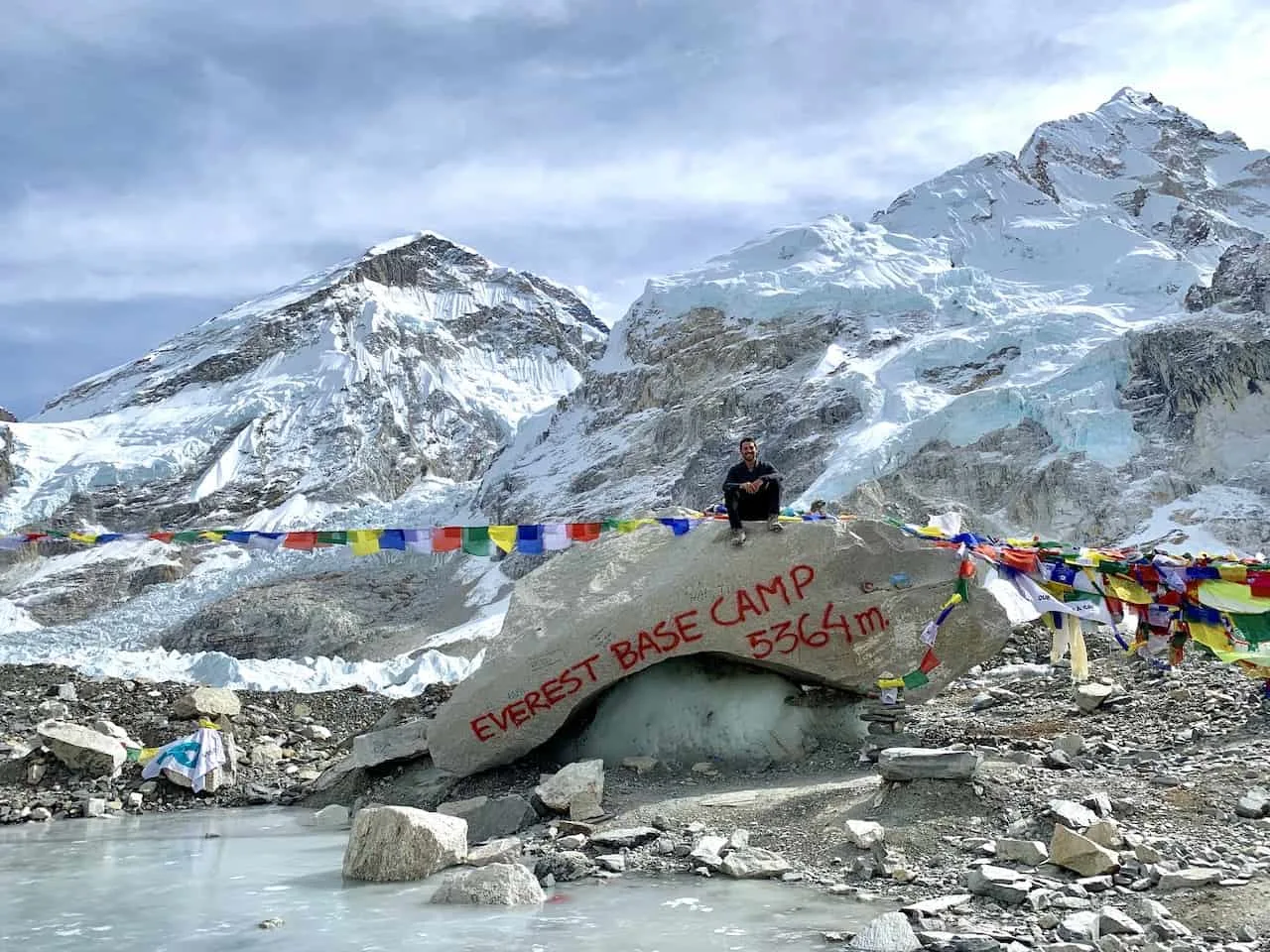
10) Hiking GPS Navigation App
While all the above will help prepare you for hitting the trails from a gear perspective I also wanted to point out a very helpful mobile app to get you around the trails.
The app Maps.me has been an essential part of my hiking experiences.
Basically, with maps.me you can download the offline maps of the area where you will be hiking so when you head on the trail, you will always know where you are (even when you have no service).
The app has almost all hiking trails mapped out, along with places of interest, viewpoints, etc. so you know exactly what to expect along the way.
During certain hikes where there are multiple routes or poor signposted trails, you can just look at maps.me and be on your way in the right direction. Believe me this is one app you want to have!
Other apps like AllTrails and Gaia offer similar types of navigation help if you would like to give those a try too.
Learn More: Up on the site is a Hiking Navigation Overview that goes over how to plan your route for the trail.
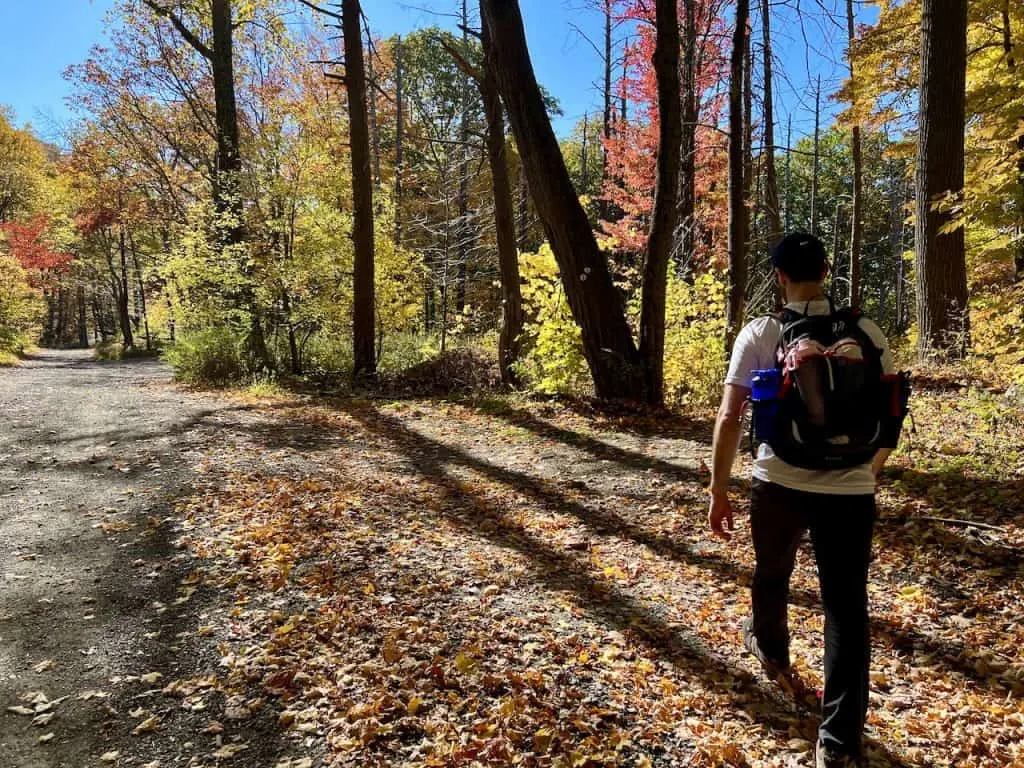
Well then, that about does it for an all inclusive hiking packing list. I hope you have learned a bit more about what to bring along on the trails and why some of these items can be essential out there in nature.
If you have any additional recommendations feel free to write them in below! Always open to hearing other people’s thoughts when hitting the trails.
Also be sure to check out some other hiking resources like these tips & tricks for hikes.
Have fun out there and safe travels!
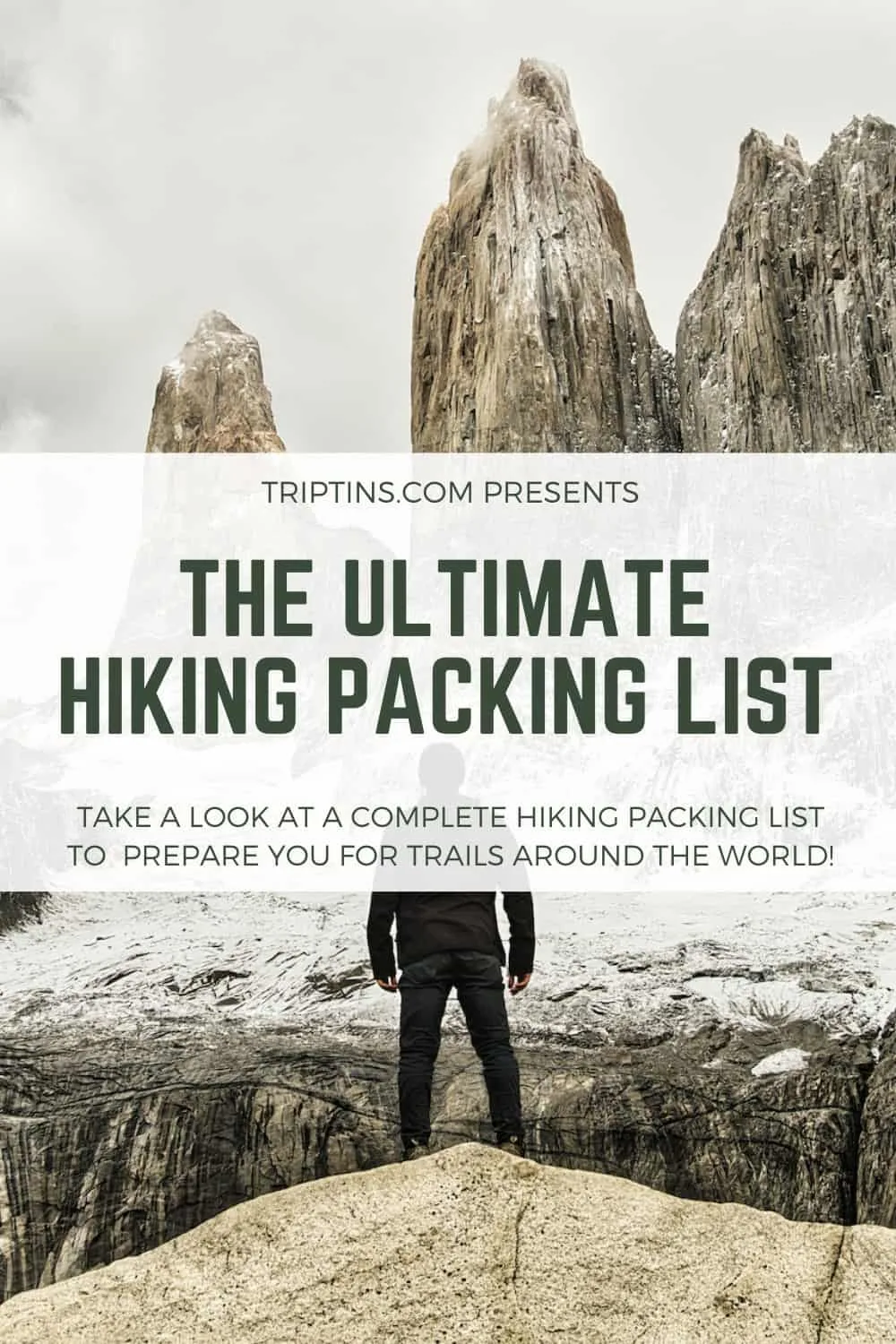

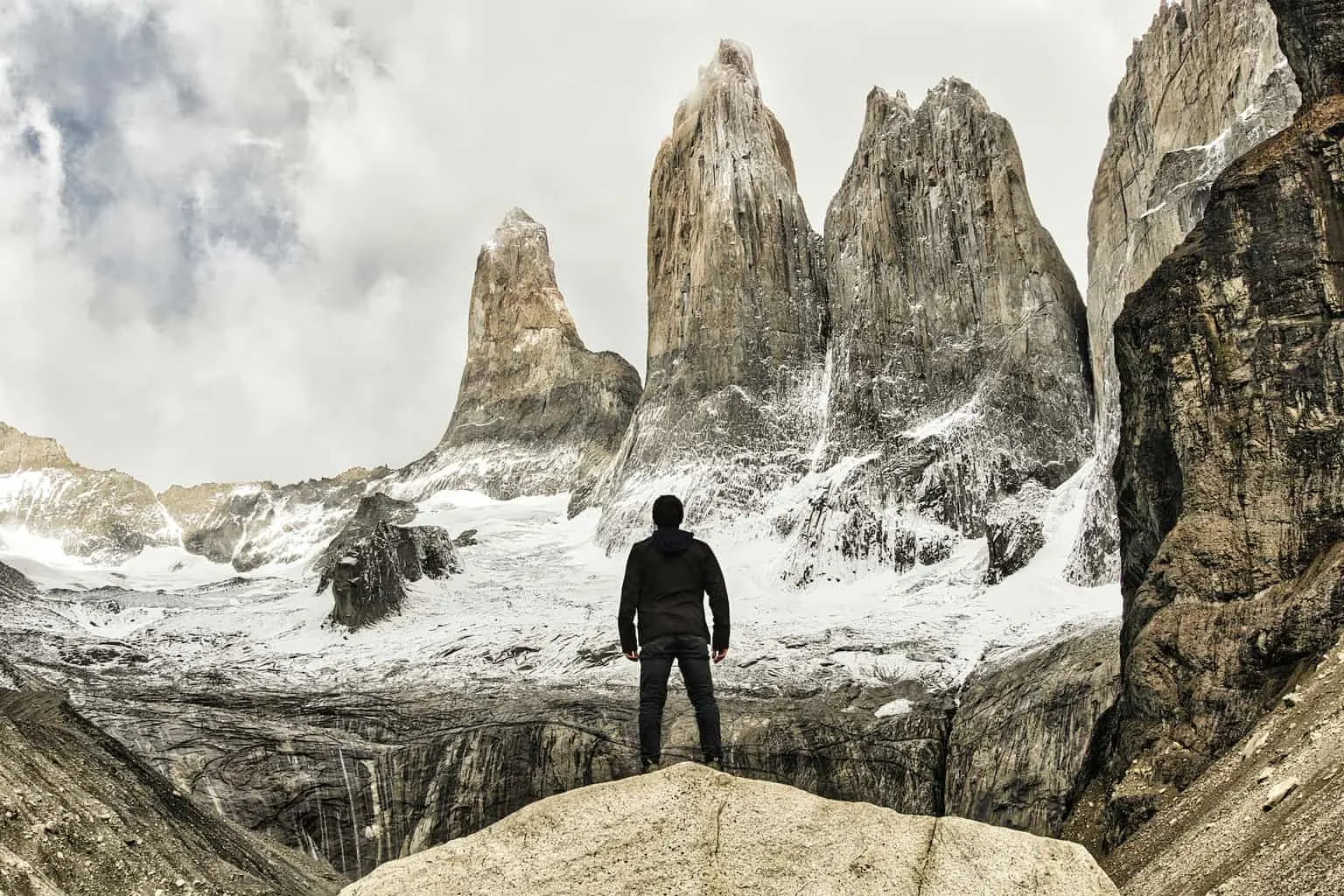
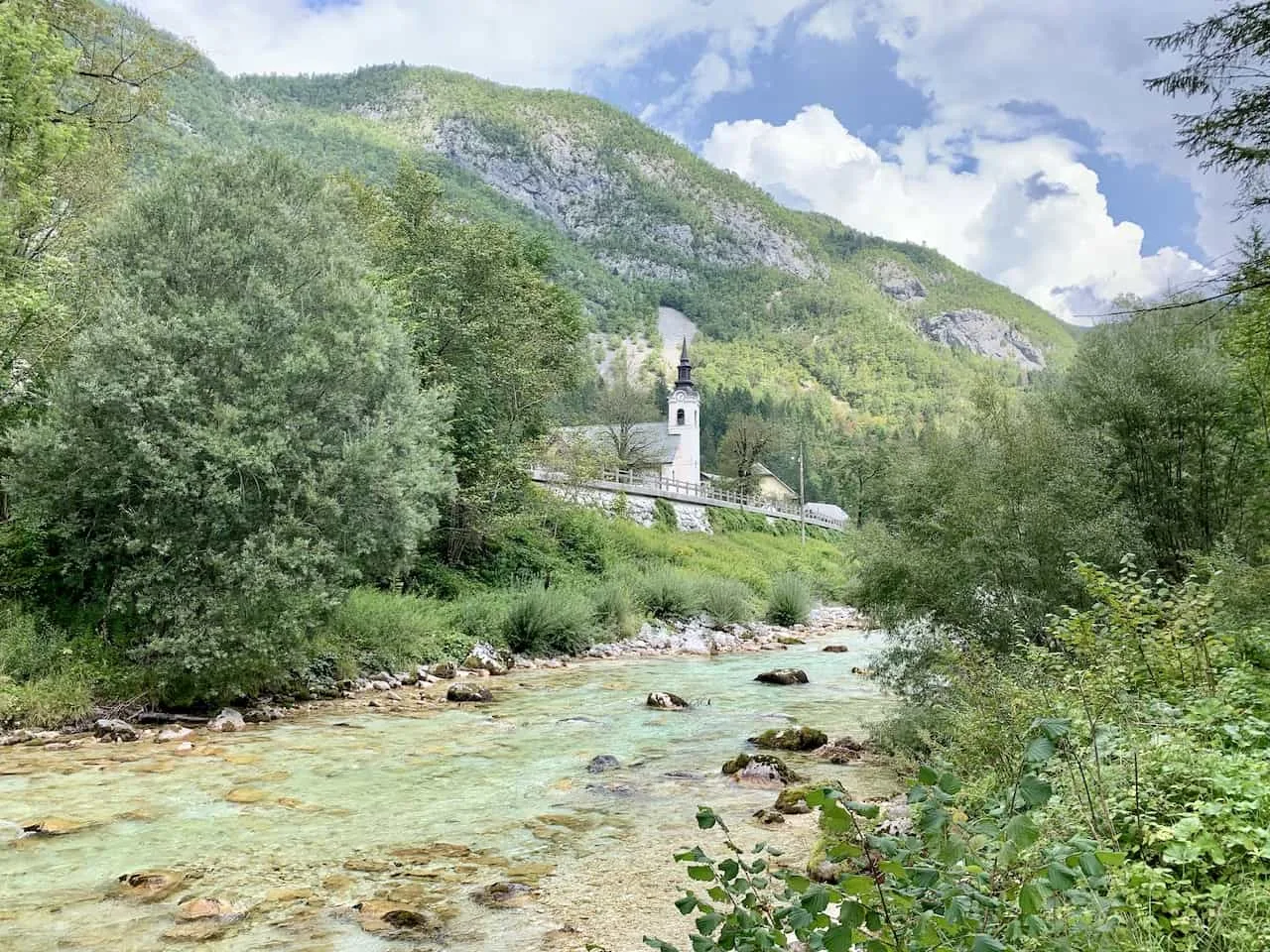 5) Fuel & Nutrients
5) Fuel & Nutrients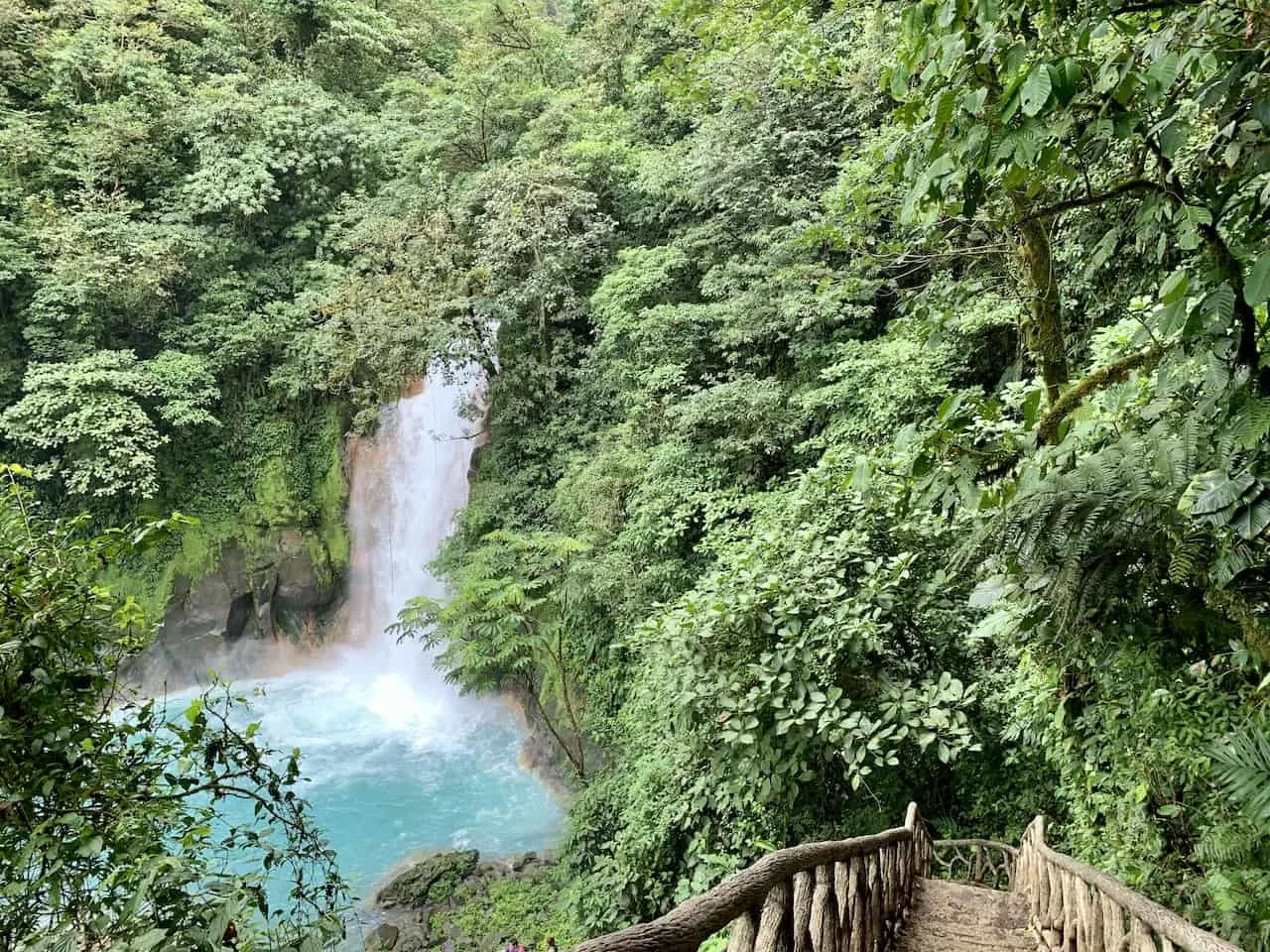 9) Backpack
9) Backpack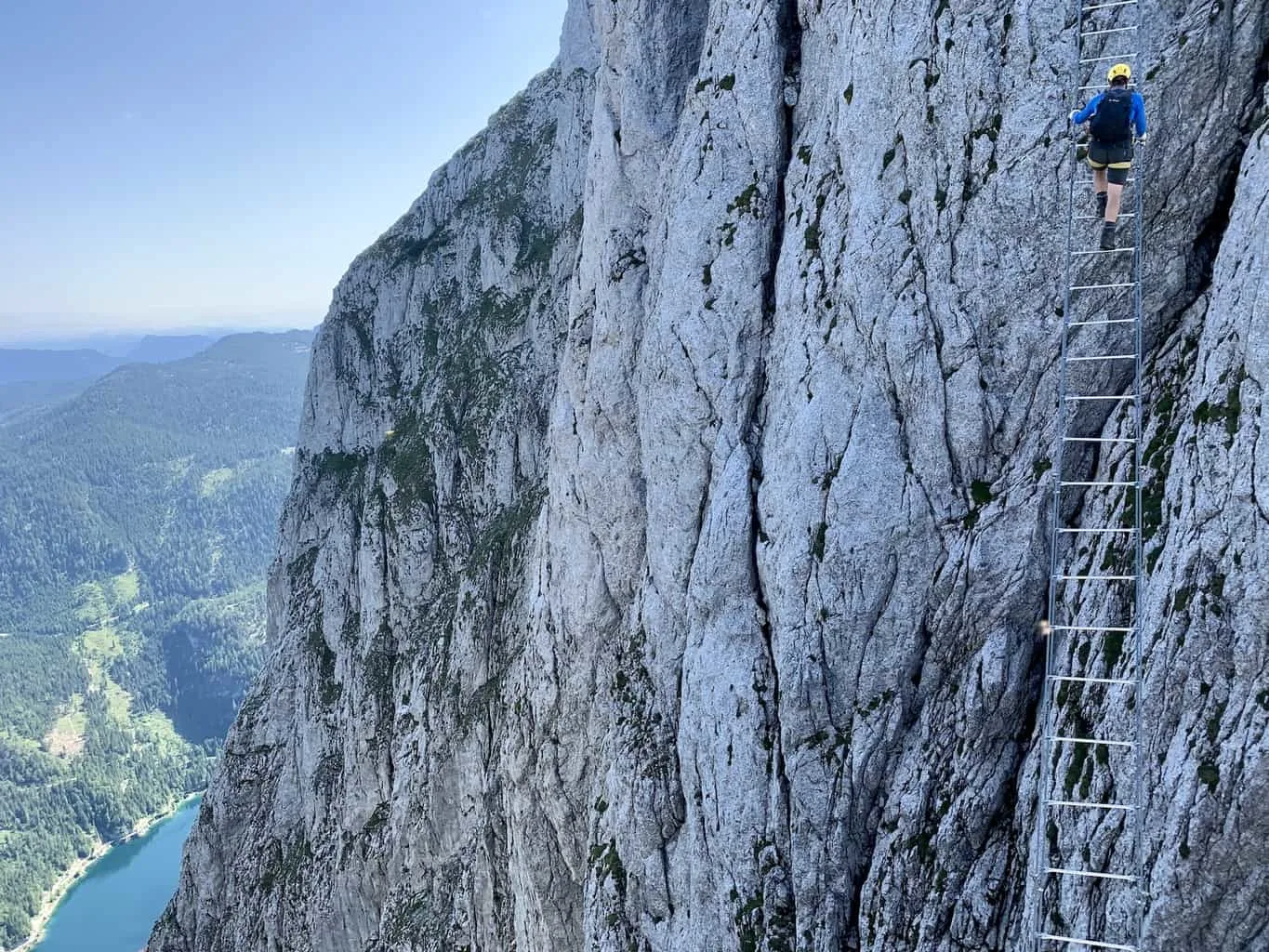
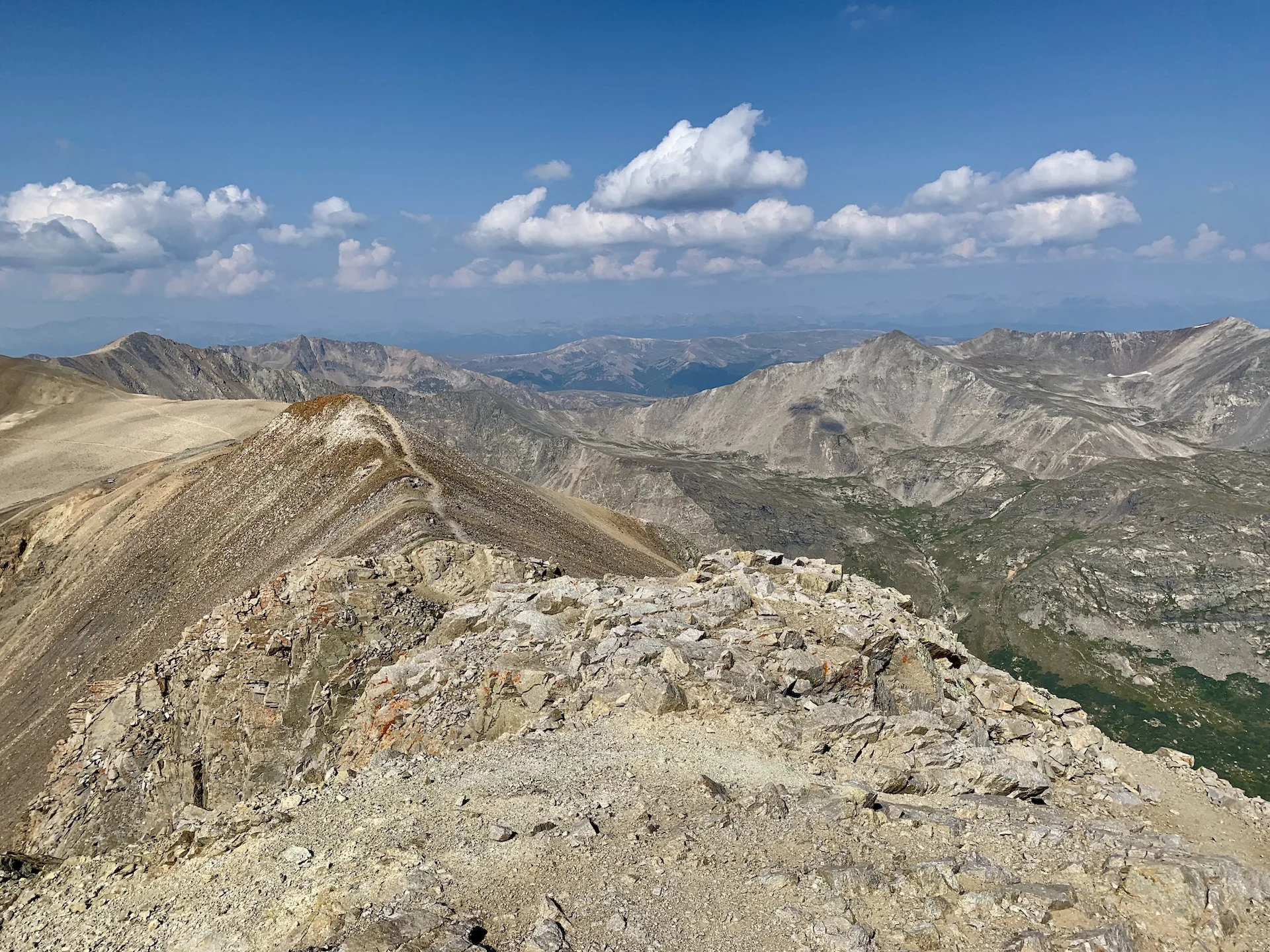
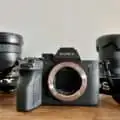
Yuki
Saturday 8th of April 2023
Going for my first trekking experience in Sapa soon, thanks for the helpful tips and advice :)